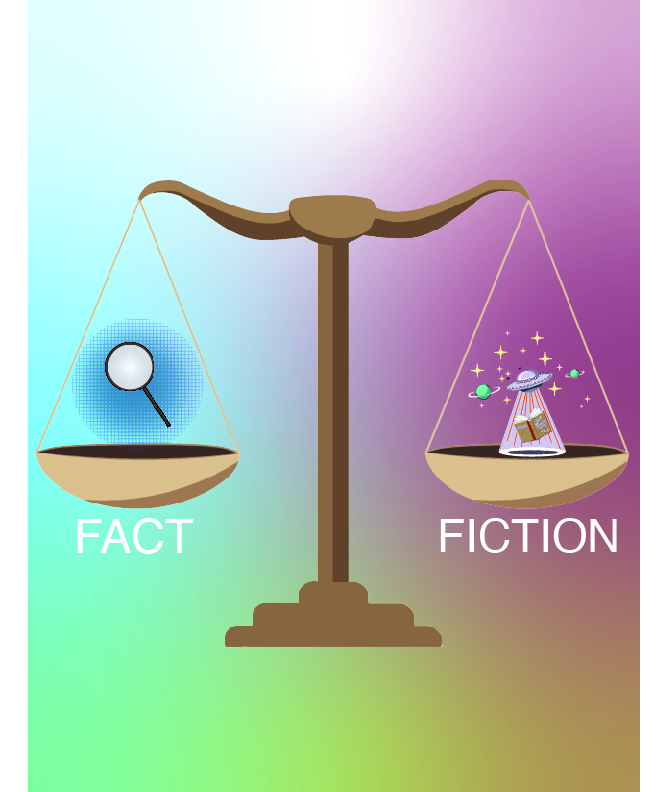Drug addiction is not an easy thing for TV shows to capture on screen.
Oftentimes it is hit-or-miss. Audiences can be disappointed by what they see on screen, sometimes because of the drug use in these portrayals, or because of their lackluster portrayals of drug rehabilitation later on. Mainstream shows like “Shameless,” “Skins” and “Euphoria” have more than their fair share of drug and alcohol use. Drugs and alcohol are huge plot points in these shows, with the plot lasting several episodes.
Drug use in TV shows has been around for a long time, though modern scripts for these portrayals have been more explicit than ever before, and that is both a good and bad thing. Many shows use drugs in their plot lines to create drama for the characters on screen, such as how “Euphoria” shows Rue — played by Zendaya, the show’s narrator and one of the main characters — go through several relapses as she tries to overcome her drug addiction.
“Shameless,” an American comedy drama show, details the effects of drug and alcohol abuse as the dysfunctional Gallagher family tries to make a living on the South Side of Chicago. All of the characters end up partaking in drugs and alcohol at least at one point throughout the show’s 11 seasons, with many of the young characters consuming drugs and alcohol as they grow older.
The Gallagher family is affected by the constant drug and alcohol abuse of their patriarch Frank Gallagher — played by William H. Macy. Many of the young characters in the show, such as Lip — played by Jeremy Allen White — and Fiona, played by Emmy Rossum, grew up surrounded by Frank’s constant drug and alcohol abuse, and as the show goes on we see these characters become addicts themselves. During its 11-season run, the show often tended to glorify the drug use that characters took part in through comedy and high-stakes drama.
The show does do an excellent job of showing the struggle of several of these characters — in particular Lip — as they try to achieve sobriety. Several of the episodes center around the characters attending Alcoholics Anonymous and Narcotics Anonymous meetings, and their milestones are highlighted throughout the seasons. However, the show also portrays characters who don’t want to achieve sobriety — like Frank, who only sobers up whenever he is trying to get on someone’s good side or is trying to get money to purchase more drugs and alcohol in the future.
Another example of drug use in TV can be found in the British teen comedy series “Skins,” which quickly became a fan-favorite among young audiences after it was added to streaming platforms Netflix and Hulu. The show has characters living in Bristol, South West England that take part in drug and alcohol use, though they are all still in sixth form, which is the U.K.’s version of the last two years of high school. Often, glamorized, characters such as Effy Stonem — played by Kaya Scodelario — and Chris Miles, played by Joe Dempsie, are found at parties throughout their time on the show. The show glorified these situations for young audiences, as the students party during and after school, with several of these scenes becoming fan-favorites on YouTube.
Additionally, character style inspiration, particularly Effy’s style, has become a fashion trend on Pinterest. Since “Skins” is a show catered to teenagers and is now easily accessible to young audiences, many trends have emerged, also on TikTok, glorifying the style of the characters on the show, completely missing the point that the characters look that way because they are on drugs.
The show “Skins” does attempt to discuss the topics of sobriety and rehabilitation, but it mostly focuses on the “during” effects of drug and alcohol use, rather than the long-term “after” effects these substances have on the young characters. Instead, the show puts more emphasis on the topics of mental illness and dysfunctional families.
Several of these modern portrayals of drug use tend to glorify drug use and make it seem like it is something audiences should want to partake in. “Euphoria” is a great example of the opposite, showing the drug rehabilitation process. The final scene in the final episode of Season 1 shows Rue relapsing, and it quickly went viral on the internet for its portrayal of the grief, misery and painful glory those who experience relapse feel as it happens.
Though Rue is the primary character battling addiction, almost all the other characters in the show consume drugs at some point throughout the nearly hour-long episodes. Rue’s addiction and recovery is a huge plot point throughout the show’s two seasons, and it is often the topic that brings all of the characters together. The show is brutally honest about the struggle Rue goes through as she attempts to sober up throughout the episodes, and it is also honest about the effect Rue’s addiction has on not just herself, but on her friends and family, which is not something that is often discussed.
Though modern portrayals of drug and alcohol use are improving, it’s important to realize that these portrayals should show the effects of drug and alcohol use, not just the glorified parts. Viewers should keep an open mind with these portrayals, as no one experience is the same, and no interpretation of drug and alcohol abuse will ever be truly accurate in the media.



